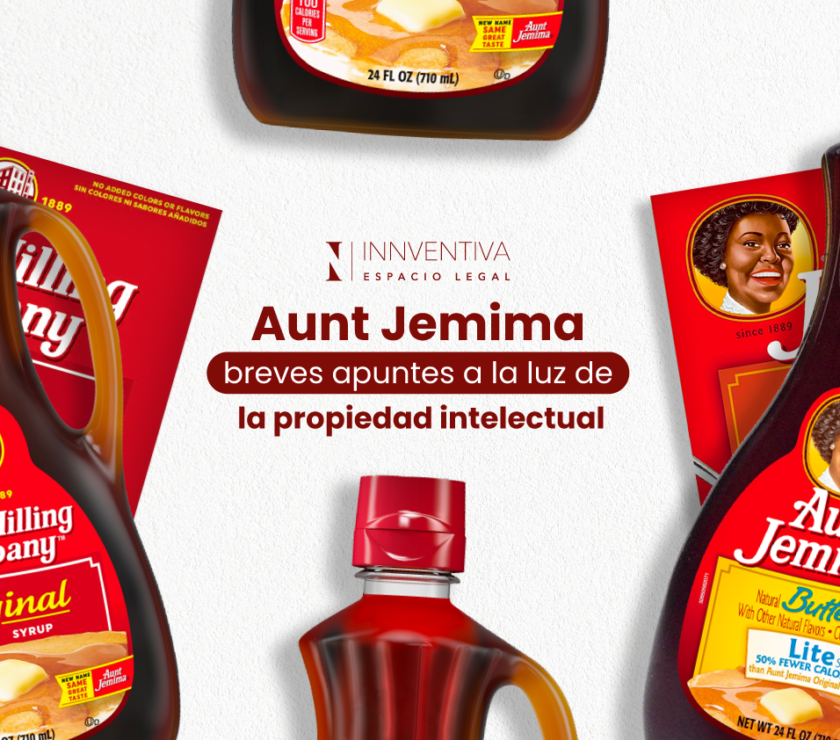By: Isabella Dipp y Laura Castillo
After the change from Facebook, Inc. to META, the “metaverse” has been on everyone’s lips. Although it may sound like something out of a science fiction movie, the metaverse promises to be real. This term refers to a wide variety of experiences, environments, and above all, assets, but all virtual; a kind of intangible universe.
It is speculated that the keys to unlocking the metaverse will be non-fungible tokens or “NFTs,” which are made up of blockchains. These tokens store a multitude of information in all possible formats. They are characterized by being unchangeable, uncopyable, and incorruptible, making them an asset for anyone who acquires them. Basically, it is a unit of data stored on a digital chain called blockchain, which contains a unique digital asset that is safeguarded and impossible to manipulate. This unit of data is a unique digital asset, which gives it its “non-fungible” quality.
Due to their characteristics and the great boom they have been experiencing, many companies have dared to venture into this digital world by creating their own digital assets.
We can see how Nike, which currently has a market capitalization of US$263.27 billion, recently proceeded with the registration of trademarks to protect “a system and method of providing cryptographically secure digital assets,” indicating that they will be entering this new digital world. Likewise, they proceeded with the registration of their most iconic trademarks such as “Nike,” “Just Do It,” “Jordan,” and “Air Jordan” for the protection of their use in various virtual goods and services.
On the other hand, in the beauty sector, we can see ELF with its non-fungible tokens, who ventured into the launch of their “Crypto Cosmetics.” The globally renowned beauty brand took three of its most beloved products by the public and brought them into the digital world. The products “Poreless Putty Primer,” “16hr Camo Concealer,” and “Ride or Die Lip Balm” from ELF are already available, and you can acquire your own “Crypto Cosmetics” to be part of this brand’s legacy.
Vogue Singapore also joined in by launching “mystery boxes” in NFTs as part of its September edition. The boxes contain artwork featuring sunrises from 10 cities around the world, created in collaboration with Brytehall and NFKings. The president of Vogue’s publishing company established that this is just the first step toward a long-term strategy to unite the cryptocurrency community with luxury brands.
Even the toilet paper brand “Charmin” released its own NFT crypto collection for sale. There are three original toilet paper art pieces. The art is a cryptocurrency token that certifies ownership of the digital file through a blockchain and will be accompanied by a physical display that allows this art to be hung alongside real rolls. The brand’s vice president says that “a good bathroom experience can expand beyond the seat,” and expressed that this was a fun way to “give Charmin’s biggest fans a virtual version of their favorite roll.”
Likewise, another company venturing into the world of digital assets is the NBA. After approximately US$84 million in revenue loss, they decided to venture into the digital world, leaning towards the NFT movement and making significant investments in them. The league has seen a great interest in “Top Shots” and launched its first digital initiative focused on collectible NFTs. They have dedicated themselves to commercializing the best game releases through blockchains, allowing fans to own unique and historic moments from their favorite games.
The million-dollar question is, what do you get with the purchase of an NFT?
By acquiring a digital asset such as non-fungible tokens, which are unique and therefore not interchangeable, what is acquired is ownership of said token.
In principle and as a general rule, it should be thought that the purchase of the token does not acquire intellectual property rights over the art. However, the reality is that everything will depend on the license that regulates each NFT project. For example, the famous Doodles project allows its buyers to create and sell physical goods up to a maximum amount of US$100,000.00 while prohibiting them from creating derivative NFT projects from their arts or with the same arts.
Similarly, the Mekaverse project grants a global license to “use, copy, and display the purchased art” for commercial purposes. In this project, the only prohibition is to create 3D models of the figures presented in the NFT images. Apart from that, token holders have an open door to commercialize the image outside the virtual world.
On the other hand, the Cryptoadz project expressly waives all copyrights to its NFTs.
Finally, the famous Bored Apes Yacht Club monkeys grant a broad commercial license to all NFT holders. The initial cost of one of these images was around US$250, and currently, in the secondary market, they are trading for approximately US$2.7 million. Thus, buyers of these arts not only hold a great asset, which, although volatile, is highly coveted by major artists and athletes, but also have an open door to monetize the art in the physical world. Hence, we can witness the sale of merchandise such as T-shirts or caps with these famous monkeys, as well as projects derived from these NFTs and even street murals that beautify different cities around the world.
On the contrary, other NFT projects, in fact, the majority, prohibit the use of art for commercial purposes and establish that the rights to the images are exclusively the token itself. However, they allow token holders to use the image as a profile picture on their Twitter and Discord social networks. Hence, Twitter released an update to its application whereby it becomes possible to verify that whoever has a profile picture with an NFT art is actually the token holder and not just a screenshot.
In short, the topic is extensive, the high prices of the arts, and their volatility make it incomprehensible for everyone. However, for this very reason, it is essential that everyone, from creatives, lawyers, and investors, pay attention and educate themselves about it. This is undoubtedly the approach to a new reality, that of the Metaverse; where “normal” will be video calls instead of meetings; digital wallets instead of physical wallets; cryptocurrencies instead of state currencies. Non-fungible tokens are just a step towards this universe, and they bring us a little closer to the “reality” that the “Steve Jobs” of our generation want to materialize, even if it is in a digital way.
Written by the Innventiva Legal team. If you want to learn more about this and other intellectual property topics or receive legal assistance for your new projects, write to us at info@innventivalegal.com





